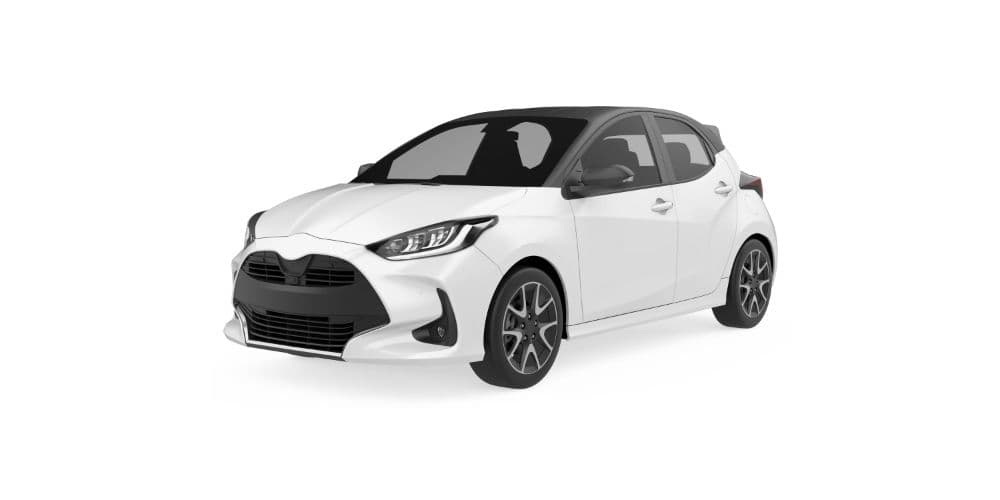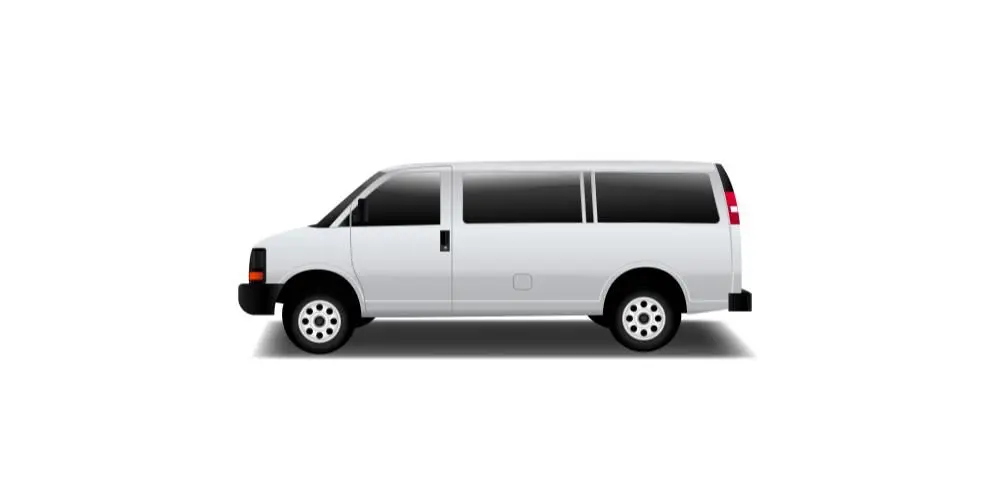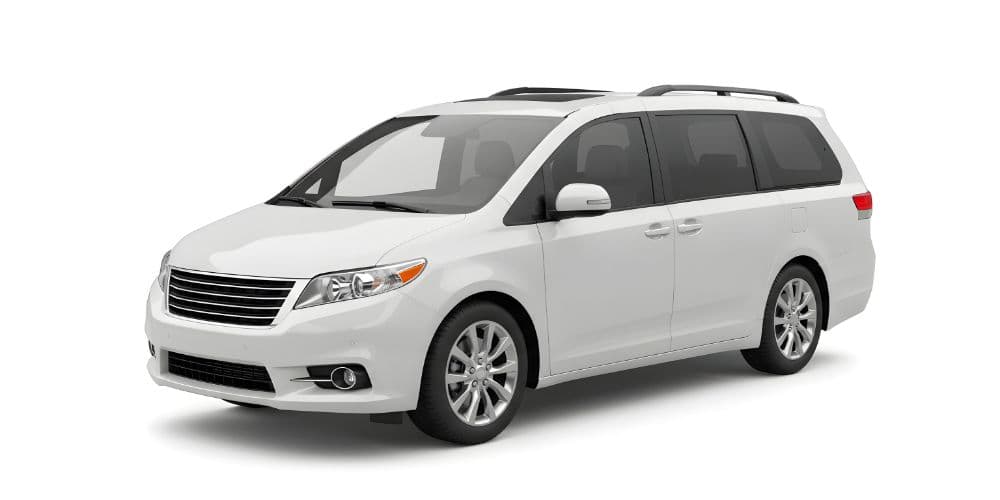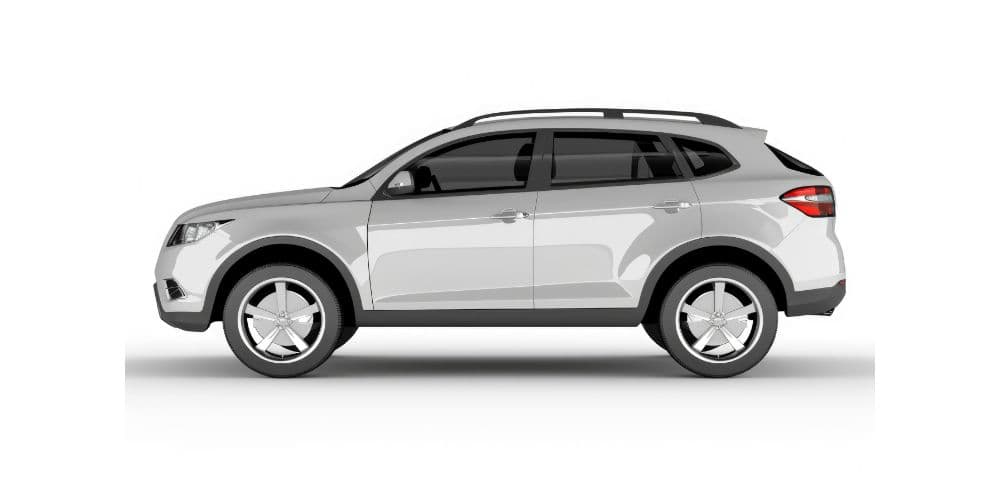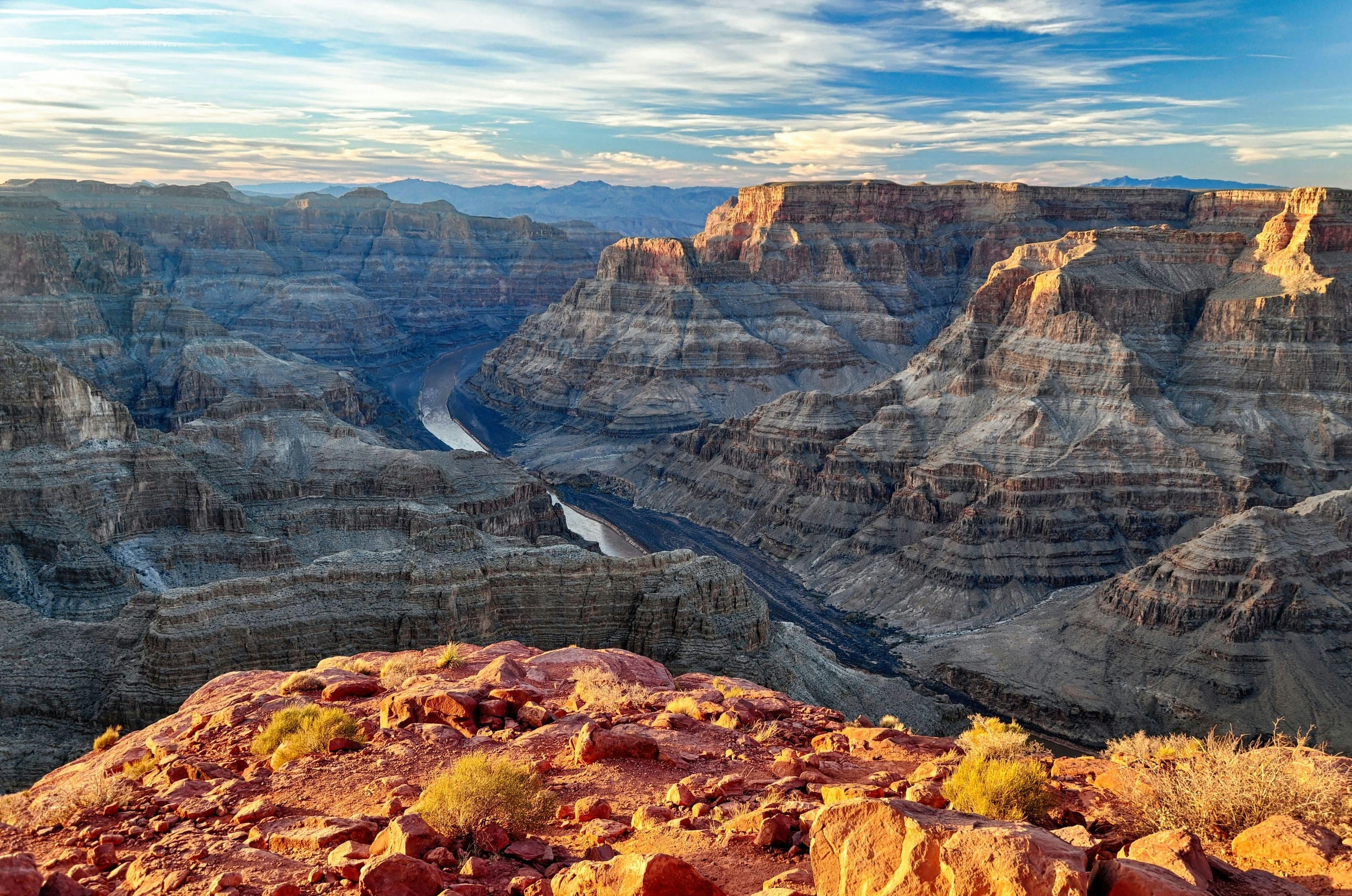
Phoenix to Grand Canyon: Best Stops via Sedona & Flagstaff
Red Rocks to Grand Canyon (Northern Arizona Adventure)
Distance: Approximately 230 miles one-way (Phoenix to Grand Canyon Village via Sedona and Flagstaff). Plan for 2–3 days to fully enjoy all the stops.
Route: Head north from Phoenix on I-17 for about 115 miles (2 hours). Take the exit for Sedona (Route 179) this is the Red Rock Scenic Byway, a gorgeous introduction to Sedona’s landscape. Continue through Sedona on Route 89A, which winds up Oak Creek Canyon to Flagstaff. From Flagstaff, take US-180/64 north to Grand Canyon National Park (South Rim).
Highlights:
- Sedona: You’ll be greeted by Sedona’s towering red sandstone buttes truly a jaw-dropping sight. Must-stop spots include the Chapel of the Holy Cross (a church built right into the red rocks) and Red Rock State Park for short hikes or photo ops amid the red cliffs. Sedona’s town center has art galleries, cozy cafes, and new-age shops (crystals, anyone?) even if you’re just after a great coffee with a red rock view.
- Oak Creek Canyon: The drive up Oak Creek Canyon from Sedona toward Flagstaff is a treat. A series of switchbacks carry you from Sedona’s desert floor up into pine forests; along the way, stop at Oak Creek Vista Overlook to gaze back down at the canyon and the road you just climbed. It’s a perfect panorama of the creek’s green ribbon amid red-rock walls.
- Flagstaff: A cool mountain city at ~7,000 feet elevation (a huge contrast to Phoenix’s low desert). Here you’ll find Route 66 nostalgia and a historic downtown with plenty of breweries and eateries. Flagstaff is also known for astronomy it was the world’s first International Dark Sky City and the place where Pluto was discovered (at Lowell Observatory in 1930). If you stay overnight, consider an evening stargazing tour the Milky Way looks brilliant from the high elevation.
- Grand Canyon (South Rim): Nothing really prepares you for your first glimpse of the Grand Canyon. Park at the Visitor Center or Grand Canyon Village and walk to Mather Point the sheer immensity and layered colors of the canyon will take your breath away. Stroll along the Rim Trail for different viewpoints (each angle reveals new aspects of the canyon’s depth and beauty), or drive east to Desert View for a panoramic overlook and the historic Watchtower. If you can, catch a sunrise or sunset at the canyon during the “magic hour,” the rocks can glow red, orange, yellow, even purple, a truly magical sight.
Tips:
- Elevation & Weather: This journey spans big elevation changes Phoenix sits at 1,100 ft, Sedona ~4,300 ft, Flagstaff ~7,000 ft, and the Grand Canyon’s South Rim around 7,000 ft. Temperatures drop as you go north (often 20–30 °F cooler at the canyon rim than in Phoenix), so bring layers. Even in summer, nights up north can be crisp. In winter, Flagstaff and the Grand Canyon receive snow (Flagstaff averages 100 inches of snow annually), so check road conditions and be prepared for occasional icy roads.
- Plan for Crowds: In peak season (spring/summer), South Rim parking lots often fill by late morning. Aim to arrive at the park early (before 9–10am) for easier parking. Alternatively, from May to September you can park in Tusayan (just outside the park) and take a free shuttle bus into the park to avoid the parking hassle.
- Timing & Overnights: This trip is as much about the journey as the destination. Sedona itself could fill several days, so if you have time, consider spending a night in Sedona or Flagstaff to break up the drive. An overnight in Sedona lets you enjoy sunset on the red rocks, and a night in Flagstaff could include strolling the downtown or visiting Lowell Observatory.
- Fees and Passes: Entry to Grand Canyon National Park is $35 per vehicle (valid for 7 days). If you have America the Beautiful annual national parks pass, it covers your car. Hold onto your entry receipt it’s valid at other Grand Canyon viewpoints like Desert View, and other national parks in the area if you plan to loop elsewhere.
- Must-Have: Don’t forget a camera or charged phone. From Sedona’s Cathedral Rock silhouettes to the Grand Canyon’s vast expanse, you’ll be snapping photos constantly especially at golden hour when the canyon’s colors are most vibrant. Bring a power bank or car charger just in case!
Our Most Popular Vehicles
